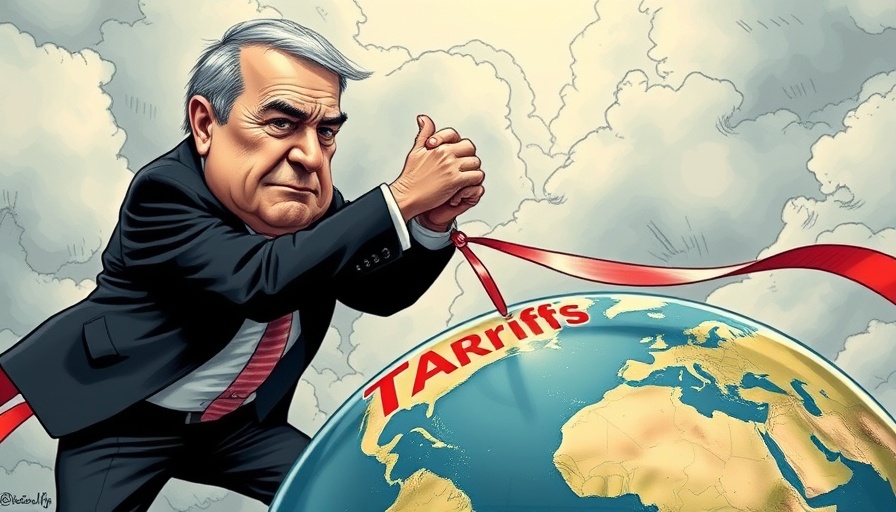
The End of an Era: The Global Economic Order Transformed
The recent shifts in the global economy mark a significant turning point—what some analysts are now calling the 'death' of the old economic order. This new landscape is characterized by rapidly changing power dynamics, particularly influenced by emerging markets and the significant role of technology in business.
Historical Context: Understanding Economic Evolution
Historically, the global economy has been dominated by a few key players, primarily Western nations. However, as we look into the last two decades, countries like China and India have risen dramatically, shaping new trade routes and economic policies. The growth of these economies poses challenging questions about the sustainability and relevance of a Western-centric economic framework.
Identifying Opportunities: The Role of Silicon Valley Startups
Silicon Valley, renowned as a hub for innovation and technology, exemplifies the vibrant startup ecosystem that thrives amidst these changes. Startups in sectors such as e-commerce, clean energy, and digital health are not only reshaping business models but also redefining consumer behavior and expectations. Observing these trends can offer valuable insights into future investment opportunities and business strategies.
Tech Industry Innovation: Driving Economic Change
The tech sector's influence is undeniable in this new order, particularly in how businesses approach digital transformation. With venture capital funding increasingly steering resources toward tech innovations, companies that adapt to or lead in these transformations will likely define the new business landscape. Keeping an eye on tech industry updates is crucial for understanding where sustainable growth will stem from.
Business Growth Strategies: Navigating Today’s Challenges
While navigating this evolving economic environment, businesses need robust strategies that reflect current trends. Forced adaptations include focusing on sustainability in business practices and leveraging corporate social responsibility to attract today’s conscious consumers. A proactive approach could differentiate successful companies from those that falter.
Understanding Employment Trends: A Paradigm Shift
Changing economic structures also impact the workforce. With technology advancing, employment trends point toward a growth in demand for skills that complement tech advancements. Businesses must adapt to these requirements by investing in their workforce to build leadership and promote diversity in hiring.
Future Predictions: The Next Steps in the Global Economy
Looking ahead, there is much speculation about how international business will evolve. Analysts suggest that the next phase may focus heavily on integrated global cooperation amidst rising protectionism. Businesses must stay attuned to regulatory changes that could either hinder or promote their operations globally.
Conclusion: Your Role in the New Economic Order
As the global economic order transitions, staying informed about market analysis and economic forecasts is essential for individuals and businesses alike. Understand the implications these shifts may have on local business updates and overall industry insights. To thrive, embrace the changes and leverage them to foster innovation and business growth.
Whether you're an entrepreneur, investor, or part of a growing startup, now is the time to engage with this evolving narrative and adapt your strategies accordingly.
 Add Row
Add Row  Add
Add 



Write A Comment